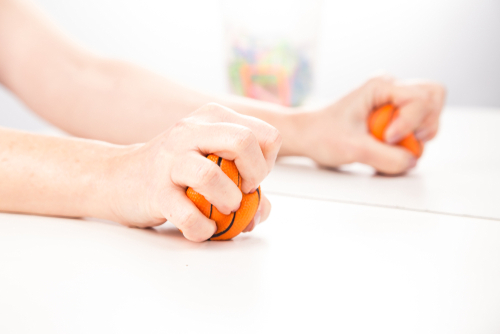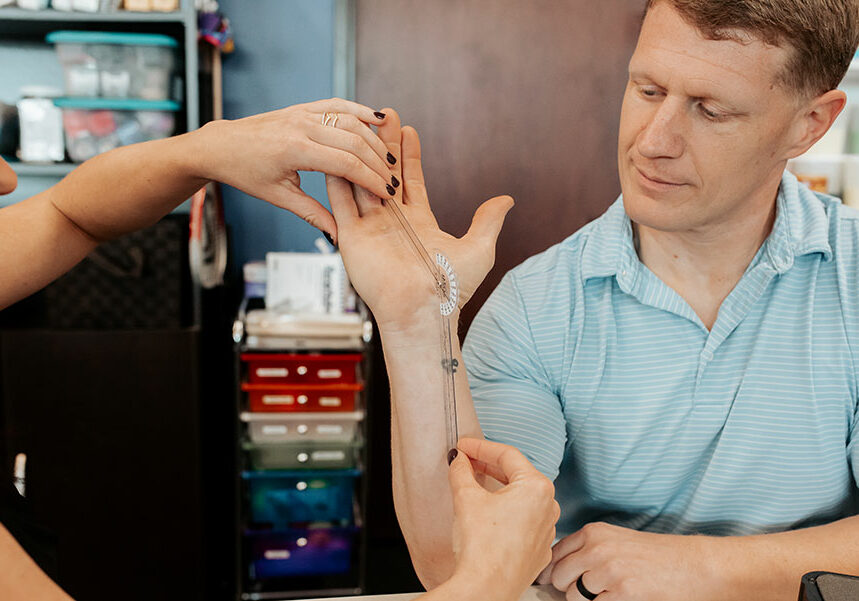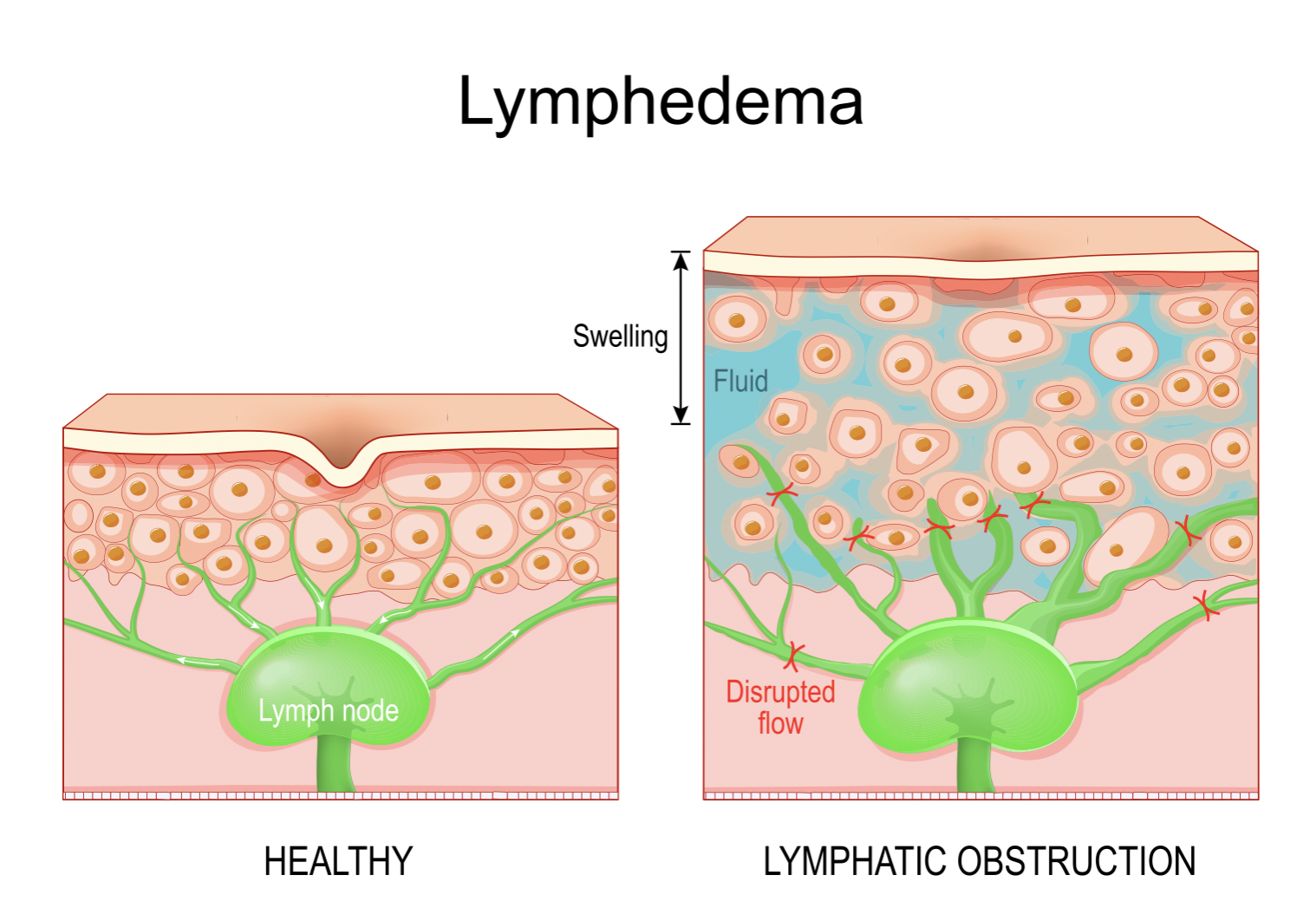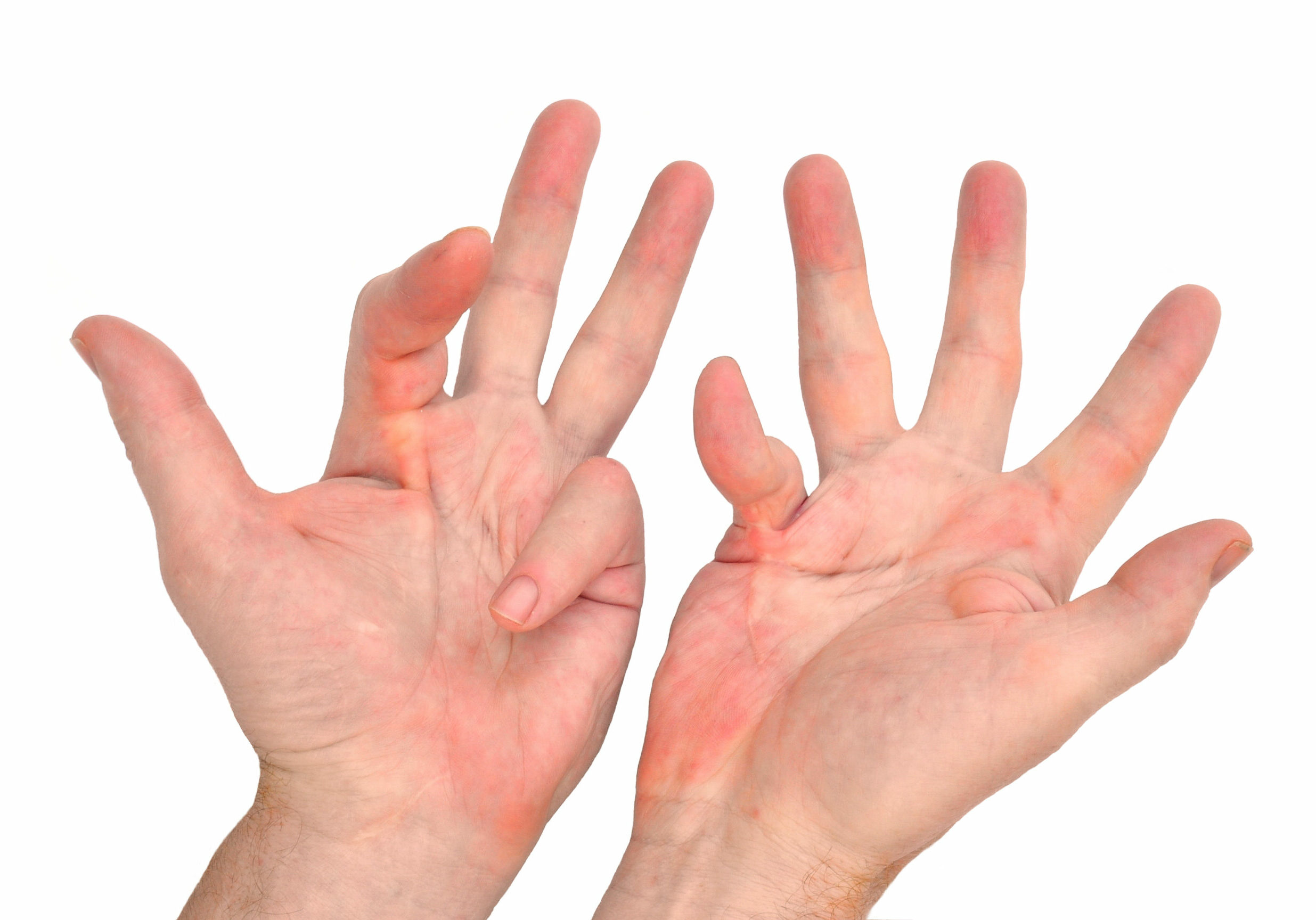Mirror therapy has many implications for therapy and can be used to treat many diagnoses that commonly involve the upper extremity. These include some of the Neuro Conditions we highlighted last week including, Stroke and Focal Hand Dystonia. Btw, you can download a mirror therapy exercises pdf here for free.

How long should the patient perform mirror therapy exercises? Should there be a sequence of routines prior to performing mirror therapy? There is no simple answer and a wide range of dosing information along with frequency and duration for performing mirror box therapy.
Despite the variety in rehab regimes for mirror therapy, the majority of them have demonstrated positive effects. From the studies, a general protocol was developed know as the St. Gallen MT Protocol. The St. Gallen MT Protocol was tested on 52 patients. Of those, 42 out of 52 patients showed a reduction in pain, improved function, and no phantom sensations.
Here are some key highlights from the studies and the St. Gallen MT Protocol.
Keys to using mirror therapy in treatment
- Explain clearly how mirror therapy works, the patient must have the buy-in
- Perform mirror therapy in a quiet environment
- Set up a home program using mirror therapy (mirror therapy boxes) can be made out of cardboard boxes by gluing a handheld mirror on the side or you can fabricate a wooden one for under $15 (see below video below).
- Utilize a patient log for tracking mirror therapy exercises.
- Review patient log at follow-up therapy visits
Duration
- Home Program must be performed 5-6x/day,
- Each session should be no longer than 5-10 minutes
- Adapt exercise based on diagnosis
Grunert-Pluss, N., Hugschmid, U., & Santschi, L. (2008). Mirror therapy in hand rehabilitation: A review of the literature, the st gallen protocol for mirror therapy and evaluation of a case series of 52 patients, 13, 1, 4-11.
Supply list for making a mirror box (mirror therapy handout)
https://www.handtherapyacademy.com/wp-content/uploads/2019/06/mirror-box-material-list-.pdf
Video on how to make a mirror box
More To Read
How To Do A Fast but Thorough Hand Therapy Assessment
We don’t get a lot of time. Sometimes new patients come in unexpectedly or someone comes at the wrong time and your 1-hour block for an eval is suddenly only 30 minutes. Do you know how to get the most out of your eval time with the patient? Do you know what things are the…
Read MoreComparing Edema and Lymphedema: Understanding the Differences and Treatment Approaches in Hand Therapy
Comparing Edema and Lymphedema: Understanding the Differences and Treatment Approaches in Hand Therapy As hand therapists we often encounter patients presenting with swollen arms, hands, and/ or fingers, often attributing these symptoms to various conditions. Two commonly confused terms in this area are “edema” and “lymphedema.” While both involve swelling, they have distinct causes, presentations,…
Read MoreSurgery & Hand Therapy Highlights for Dupuytren’s Disease
Dupuytren’s disease affects the fascia of the hand (Dupuytren’s fasciectomy hand). It is relatively common to encounter patients with Dupuytren’s condition, even if that is not the primary reason you are treating the patient. Patients often present with a nodule(s) in the palm of the hand, or they may even have a thickened cord running…
Read MoreSign-up to Get Updates Straight to Your Inbox!
Sign up with us and we will send you regular blog posts on everything hand therapy, notices every time we upload new videos and tutorials, along with handout, protocols, and other useful information.





